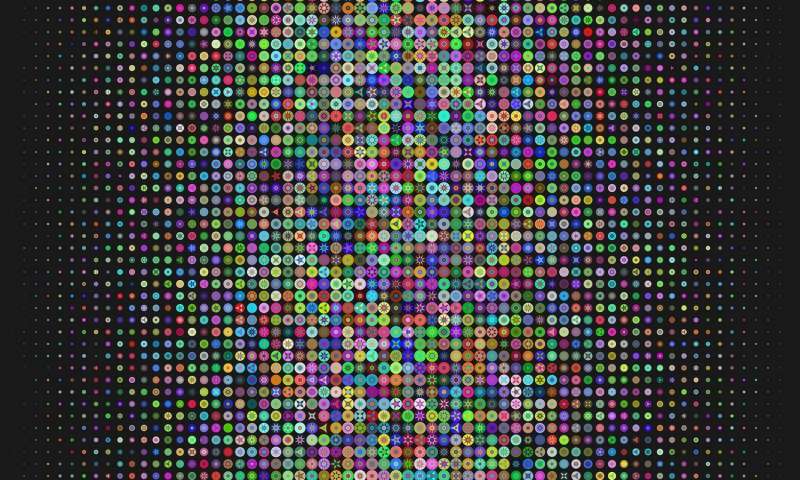
A
machine-learning algorithm that can predict the compositions of trend-defying
new materials has been developed by RIKEN chemists1. It will be useful for
finding materials for applications where there is a trade-off between two or
more desirable properties.
Artificial intelligence has great potential to help scientists find new materials with desirable properties. A machine-learning algorithm that has been trained with the compositions and properties of known materials can predict the properties of unknown materials, saving much time in the lab.
But discovering new materials for applications can be tricky because there is often a trade-off between two or more material properties. One example is organic materials for organic solar cells, where it is desired to maximize both the voltage and current, notes Kei Terayama, who was at the RIKEN Center for Advanced Intelligence Project and is now at Yokohama City University. "There's a trade-off between voltage and current: a material that exhibits a high voltage will have a low current, whereas one with a high current will have a low voltage."
Material scientists thus frequently want to find "out-of-trend" materials that buck the usual trade-off. But unfortunately conventional machine-learning algorithms fare much better at spotting trends than discovering materials that go against them.
Now, Terayama and his co-workers have developed a machine-learning algorithm, BLOX (BoundLess Objective free eXploration), that can locate out-of-trend materials.
The team demonstrated the algorithm's power by using it to identify eight out-of-trend molecules with a high degree of photoactivity from a drug-discovery database. The properties of these molecules exhibited good agreement with those predicted by the algorithm. "We had concerns about the accuracy of the calculation but were delighted to see that the calculation was correct," says Terayama. "This shows the potential of computation-driven materials development."
BLOX uses machine learning to generate a prediction model for key material properties. It does this by combining data for materials randomly selected from a materials database with experimental or calculation results. BLOX then uses the model to predict the properties of a new set of materials. From these new materials, BLOX identifies the one that deviates the most from the overall distribution. The properties of that material are determined by experiment or calculations and then used to update the machine learning model, and the cycle is repeated.
Importantly, unlike many previous algorithms, BLOX imposes no restrictions on the range of material structures and compositions that can be explored. It can thus range far and wide in its search for outlying materials.
The team has made BLOX freely available online.

 Previous page
Previous page Back to top
Back to top







